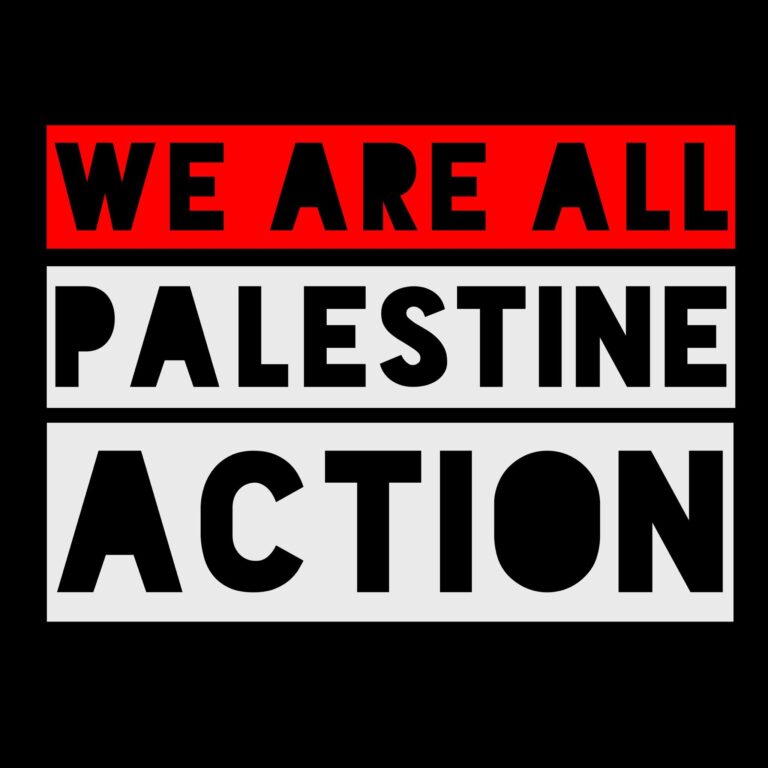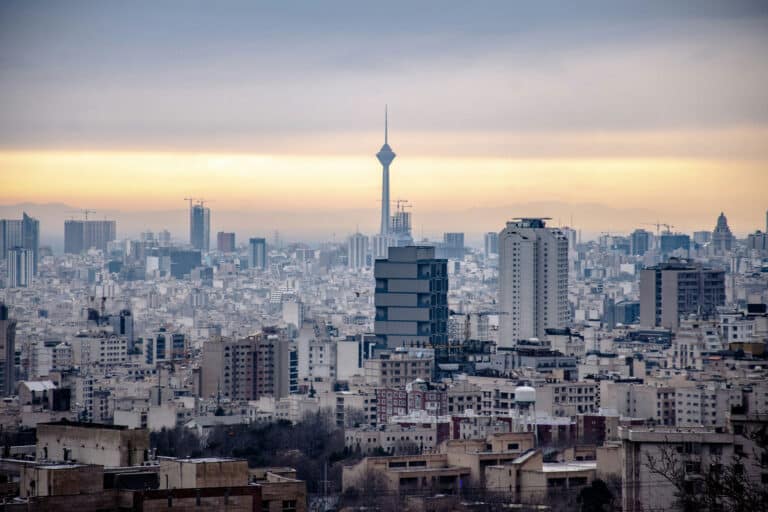Over the last five years, Christian Peacemaker Teams and Mennonite Church Canada worked tirelessly alongside Indigenous and ecumenical partners to support federal legislation to implement the UN Declaration on the Rights of Indigenous Peoples. And this month, at long last, the Canadian government tabled Bill C-15: An act respecting the UN Declaration.
A consensus international human rights instrument, the Declaration was crafted by Indigenous peoples and representatives of nation-states over 25 years. It affirms the inherent rights of Indigenous peoples; rights that are “the minimum standards for the survival, dignity, and well-being of the Indigenous peoples of the world” (Article 43, UNDRIP).
Since 2007 and the adoption of the Declaration by the UN General Assembly, Indigenous organizations like the Union of BC Indian Chiefs, the Haudenosaunee of Kanehsata:ke, and the Assembly of First Nations have called on Canada to create a national implementation plan for the Declaration, including a legislative framework. The UN special rapporteur on the rights of Indigenous peoples echoed this call, together with the Committee on the Elimination of Racial Discrimination. Then, in 2015, the Truth and Reconciliation Commission of Canada—a commission created by survivors of Indian Residential Schools—amplified it all the more by 1) naming the Declaration as the first principle in the path toward reconciliation, and 2) calling on the federal government
… to fully adopt and implement the United Nations Declaration on the Rights of Indigenous Peoples as the framework for reconciliation… [and] develop a national action plan, strategies, and other concrete measures to achieve the goals of the United Nations Declaration (Calls to Action No. 43 & 44).
At the time, the Canadian government—then under Conservative leadership—was not interested in responding to this call. They had reluctantly affirmed the Declaration in 2010, following Australia and New Zealand’s lead and narrowly beating out the U.S. (the very last country in the world to support the Declaration). Canada’s affirmation, like that of these other settler colonies, stated that the Declaration was merely “aspirational” and had “no legal effect.”
But the Liberals came to power in November 2015, promising a different way of relating to Indigenous peoples. In May 2016, Canada’s Minister of Indigenous and Northern Affairs told the world at the United Nations that Canada was now supporting the Declaration “without qualification.” Yet not long after, back in their “home and native land,” the federal government stated that Bill C-262—Declaration legislation put forward by Cree Member of Parliament Romeo Saganash and supported by Indigenous organizations, unions, churches and more—“was unworkable.” Why?
We aren’t exactly sure. Perhaps the ruling Liberals were, at bottom, no different than their Conservative counterparts—ready to affirm “soft rights” around culture and language, but anxious about the Declaration’s “hard rights” on land and free, prior, and informed consent (FPIC). If Indigenous consent, and not mere consultation, is indeed recognized in Canadian law, everyone understands this will impact the State’s extractive economy. In general, Indigenous peoples are much more concerned about sustainability and relations of reciprocity with the land than settler society.
And yet, 18 months later, the Government of Canada did an about-face and announced their support for Bill C-262. What happened? From what we can tell, people power won the day. We walked, we wrote, we fasted, and we rallied, putting pressure on specific members of the Liberal party to turn their vote. This persistent action and advocacy of grassroots coalitions forced a Government that was already publicly committed to reconciliation to support this Declaration legislation. It was pretty remarkable, and few people thought we could do it. But through strategic organizing and the building of enough public goodwill, we forced the Canadian government to say “Yes.”
With the government’s backing, 262 made it through the halls of power to the finish line. But, right at the end, it “died on the order paper” due to Conservative opposition stall tactics. The date was June 21, 2018: National Indigenous Peoples Day.
As the House broke for the summer, the Liberals promised to reintroduce government legislation to implement the Declaration if they were re-elected in the fall. And to their credit, they made good on that promise, tabling Bill C-15 this December. Yet we all know, this challenging journey of genuine respect for Indigenous rights is far from over. As C-15 makes its way through House and Senate, questions abound. Will C-15 achieve royal assent before a potential spring election? If C-15 becomes law, will Canada have a legislative framework that genuinely recognizes the Declaration’s international“standards for the survival, dignity, and well-being of Indigenous peoples”? And—most importantly—will the Crown abide by such standards, even as it struggles, right now, to honour existing laws and Supreme Court rulings that recognize various Indigenous rights?
Many Indigenous colleagues are deeply skeptical—understandably so—believing that the government “will do as they have always done.” And some—a growing movement, including well-respected land defenders—don’t want C-15 to become law because they are certain that this legislation will domesticate Indigenous rights to Canada’s status quo (i.e., current Section 35 interpretation). “It’s a Trojan horse,” says a good friend, “that will extinguish our rights!” At the same time, other Indigenous partners and organizations are hopeful and see Bill C-15 as a significant step towards right relationship. “It is a good day!” said Grand Chief Willie Littlechild (Cree) on the morning that the government announced C-15. “We are now on a path of true reconciliation, healing, peace, and justice.”
The journey of justice is long. Indigenous peoples know that well, much more than middle-class settlers like me. And yet together we press on, taking strides for freedom—strides toward Indigenous self-determination and flourishing; strides toward Canadian decolonization. How to make those strides is not always clear to people of good heart and will. What looks hopeful to me appears as a trap to a trusted Indigenous friend. “You see a star blanket (in the promise of Bill C-15), I see a smallpox blanket”—he communicates to those following his Twitter account. And so we walk in different, even opposite directions, in this moment. That weighs heavy. But the reality is that the paths toward freedom, justice and peace are contested, and we don’t all see the same. And so as we listen to each other and the many that surround us, as we debate what steps to take next (or not), we both pray – each in our own good way, and each to different effect – “in Your light, may we see light” (Psalm 36.9). Creator grant us courage. And above all, humility.
Steve Heinrichs is Vice-Chair of CPT’s Steering Committee and the Indigenous-Settler Relations director, Mennonite Church Canada




